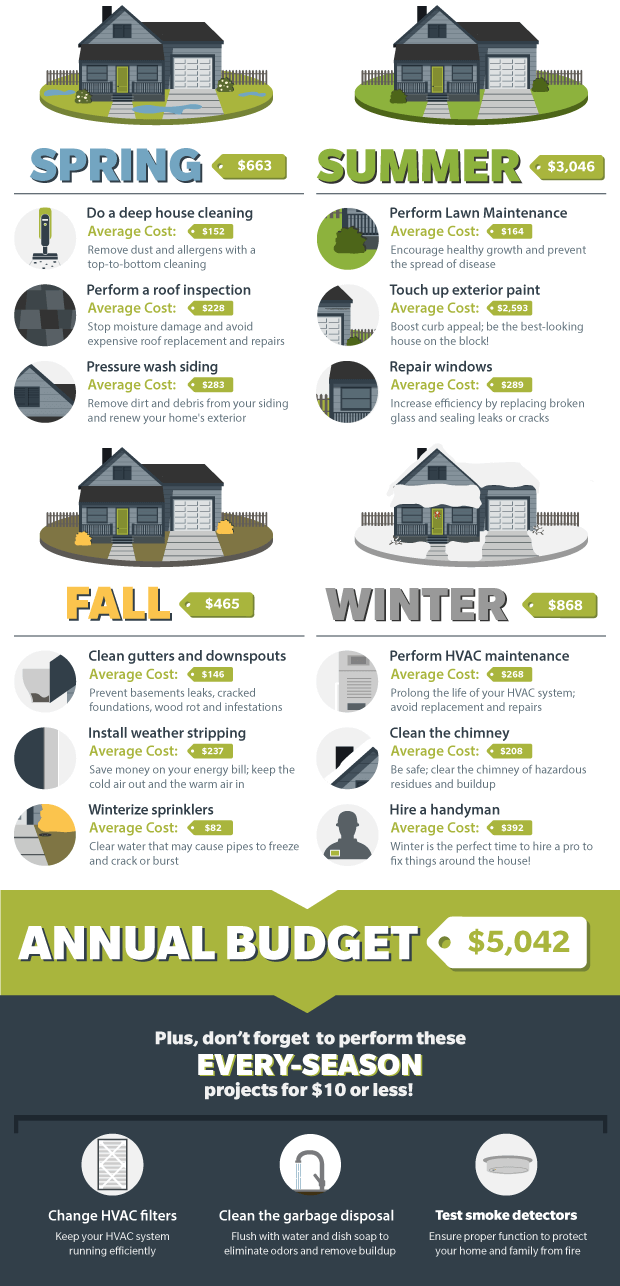Ignoring Roof Ventilation Can Incur High Expenses Out Of Commission; Comprehend The Fundamental Variables That Guarantee Correct Installment And Safeguard Your Economic Rate Of Interests
Ignoring Roof Ventilation Can Incur High Expenses Out Of Commission; Comprehend The Fundamental Variables That Guarantee Correct Installment And Safeguard Your Economic Rate Of Interests
Blog Article
Published By-Kehoe Curtis
When you're tackling a roof job, you might not think much concerning roofing ventilation, however it's even more crucial than you realize. Reliable ventilation aids manage temperature and wetness in your attic, protecting against problems like mold and mildew and architectural damages. By understanding exactly how to create and install a balanced ventilation system, you can enhance power performance and prolong the life expectancy of your roof covering products. So, what are the key elements to take into consideration during installment that can make all the difference?
Significance of Roof Ventilation
Roof ventilation plays a crucial role in keeping the general health of your home. By enabling fresh air to flow with your attic room, it helps regulate temperature level and wetness levels. This balance is important to prevent warmth build-up throughout hot months, which can bring about raised energy expenses as your cooling burns the midnight oil.
Moreover, appropriate air flow significantly reduces the danger of moisture-related problems like mold and mold. If moisture degrees increase, your home's structural stability can be jeopardized, causing expensive repairs. You wouldn't want to handle rotting wood or distorted roof products, right?
Furthermore, ample air flow prolongs the lifespan of your roofing system. When warm and wetness are kept in check, your roof can carry out efficiently, stopping premature damage. This implies less frustrations and costs down the line.
Exactly How Roofing Air Flow Works
Reliable roofing ventilation depends on the natural motion of air to develop an equilibrium in between consumption and exhaust. When you install vents, you're basically enabling fresh air to enter your attic room while making it possible for warm, stale air to get away. best kitchen remodeling companies little elm tx helps regulate temperature and wetness levels, preventing concerns like mold and mildew development and roofing system damage.
Intake vents, generally located at the eaves, pull in amazing air from outside. At the same time, exhaust vents, situated near the ridge of the roof covering, allow hot air increase and exit. https://www.facilitiesnet.com/roofing/article/How-to-Include-Energy-Efficiency-in-Roofing-Selection--18493 in temperature creates an all-natural air movement, referred to as the stack impact. As cozy air rises, it produces a vacuum cleaner that draws in cooler air from the reduced vents.
To maximize this system, you require to make sure that the consumption and exhaust vents are properly sized and positioned. If the intake is limited, you will not achieve the desired air flow.
Furthermore, inadequate exhaust can trap warmth and wetness, causing prospective damage.
Trick Installment Factors To Consider
When mounting roofing ventilation, numerous key considerations can make or damage your system's performance. Initially, you need to evaluate your roofing's style. The pitch, form, and products all influence airflow and air flow choice. Make certain to pick vents that suit your roofing type and neighborhood environment problems.
Next, think about the positioning of your vents. Preferably, you'll want a balanced system with consumption and exhaust vents placed for optimum air movement. Area intake vents short on the roofing and exhaust vents near the optimal to motivate an all-natural flow of air. This configuration helps stop wetness accumulation and advertises energy effectiveness.
Do not ignore insulation. Appropriate insulation in your attic stops warm from escaping and keeps your home comfy. Guarantee that insulation doesn't block your vents, as this can prevent air flow.
Lastly, consider maintenance. Pick air flow systems that are easy to gain access to for cleansing and examination. Regular maintenance guarantees your system remains to operate efficiently with time.
Final thought
In conclusion, roofing ventilation is important for an effective installation. By guaranteeing correct airflow, you can avoid warm accumulation and wetness concerns that lead to pricey damage. When you strategically setting intake and exhaust vents, you improve power effectiveness and extend the lifespan of your roof covering. Bear in mind, a well-ventilated roofing not just secures your financial investment but also enhances your interior air top quality. So, prioritize ventilation to ensure a durable and cost-effective roof for your home.
